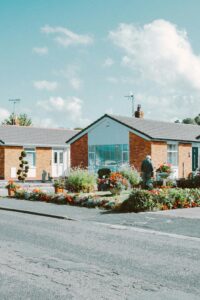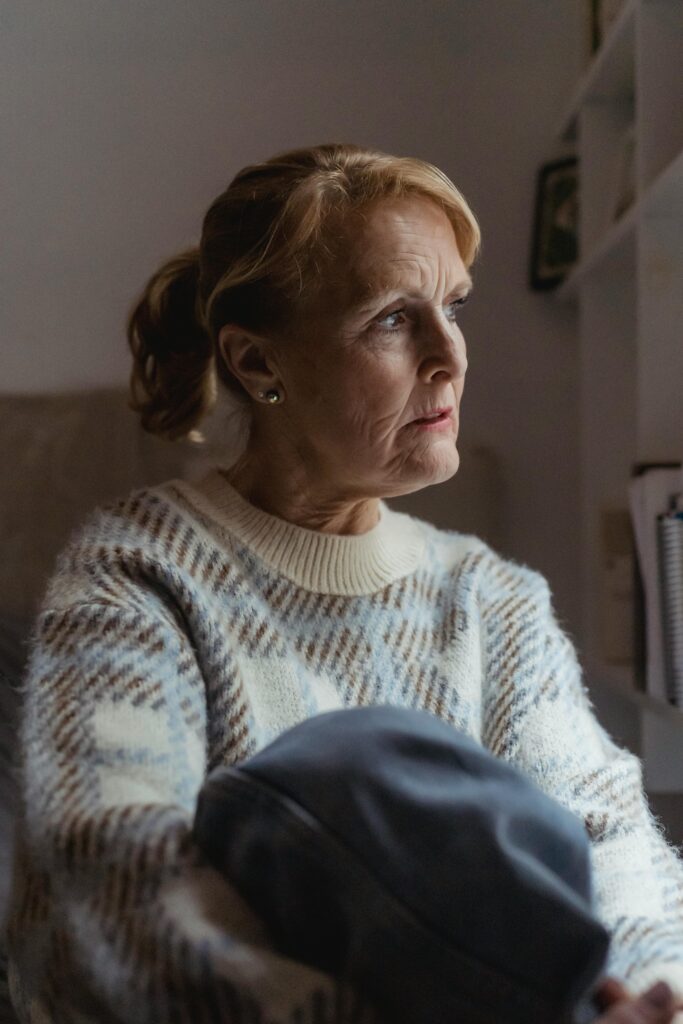When you look at the real estate industry as a whole, there are big, obvious trends that slap you right in the face. Things like dwindling occupancy rates in commercial high-rises, overvalued single-family homes on the West Coast, and the demand for affordable housing nationwide.
But there’s one issue – a burgeoning problem, if you will – that continues to grow in virtual silence. And while it hasn’t become an obvious issue yet – it will within a matter of several years.
We’re talking about the aging American population and the lack of suitable single-family housing options to meet this booming demand in the senior housing market.
Contents
Aging America: A Housing Crisis on the Horizon

Research shows that by 2030, roughly 20 percent of the American population will be 65 years or older. By 2034, there will be more Americans in the 65-and-older “bucket” than there will be people under the age of 18. And if there’s one thing we know about aging in today’s era, it’s that it comes with plenty of cognitive and physical decline that requires certain modifications and allowances within the home.
Sure, builders are pumping out housing all across America – including massive apartment complexes and tract housing developments in a city near you – but almost all of these properties are designed for able-bodied individuals. In other words, 99 percent of home building in this country is geared toward the under-65 crowd.
That’s a problem. Or is it? (More on the opportunity in a moment.)
“Across the country, 78 percent of individuals aged 55 and above grapple with chronic conditions, and 85 percent among those aged 65 and older,” NLC.org explains. “As the age and health of the country shifts, there are also transformations in family systems and dynamics. Increasingly, North Americans are less likely to reside with extended family or even live within an hour of family members who offer intermittent care.”
Not only is there a growing senior housing population with health concerns in the US (and minimal built-in support), but there are also financial constraints for millions of these Americans.
According to Harvard Joint Center for Housing Studies (JCHS), nearly 11.2 million Americans 65 years and older are cost burdened. This means they spend more than 30 percent of their household income each month on senior housing costs. (This is an all-time high – up more than 15 percent over the past eight years.)
The Lack of Aging-Ready Rental Properties in the Senior Housing Sector
Over the past decade, the US Census Bureau has been studying the aging population as it relates to seniors’ housing supply. Here are some of the takeaways that they’ve discovered:
- 40% of US homes have the most basic, aging-ready features (step-free entryway and a bedroom and bathroom on the first floor) for senior housing
- In some markets, the percentage of non-aging-ready homes is much higher. In New England, for example, 80.4 percent of single-family homes are not equipped for senior housing and especially not assisted-living facilities.
- Only 6 percent of older households currently have plans to renovate their homes to improve accessibility.
How to Tap Into the Senior Housing Investment Niche

Hopefully, as a real estate investor, you’re reading between the lines here. There’s a booming supply of seniors who have specific housing needs and a very limited/stagnant supply of move-in ready solutions for them.
While most investors are going after the broad market – or hyper-competitive niches like student housing in college towns – this is the forgotten market. And if you approach it strategically, it could be a lucrative opportunity to diversify your rental portfolio into senior living communities.
The reality is that almost any senior living property can become a senior-friendly turnkey rental property with the right modifications and accommodations. However, there are obviously certain factors that make one property more cost-effective than another.
As you look for properties that allow you to slip into this niche, here are some things to be on the lookout for (or to prioritize in renovations):
- Ease of Entry. How easy is it to enter the property? This is something to consider when evaluating turnkey rental properties for seniors. Obviously, a single-story layout (like a ranch style home) is ideal, while multi-level properties – including traditional two-story, three-story, and split-level homes – usually aren’t the best.In addition to having a single-story home, think about property itself. A flat property that doesn’t feature a steep or sloping driveway is good. And the entryway should be flat (without steps) so that it can accommodate walkers or wheelchairs. Finally, consider the size of doorways and entryways, as you’ll want them to be wide enough to accommodate a standard sized wheelchair. For seniors, independent living is most often defined through “access.”
- Master on Main As people age and mobility becomes a challenge, navigating stairs can be difficult and even dangerous. For seniors with arthritis, balance issues, or other physical limitations, climbing stairs multiple times a day can be a barrier to comfortable living. By having the master bedroom on the main floor, you eliminate the need for seniors to use stairs daily, making the home much more accessible and accommodating.When evaluating properties, look for turnkey properties that already have a master bedroom and bathroom on the main floor. If a property doesn’t, it should have a way to easily convert a current main floor living space into a bedroom.
- Property Location. As the saying goes, the three most important factors in a piece of property are location, location, and location. For senior-friendly properties, here are three locational factors to consider:
- High senior population. If you want to have the greatest chance of success in this niche, you might as well target the cities where the graying population already lives (or where they’re moving). Research shows that the five cities with the highest elderly population per capita include Lakeland (FL), Surprise (AZ), Clearwater (FL), Cape Coral (FL), and Scottsdale (AZ). In other words, Florida and Arizona are the go-to spots.
- Proximity to amenities. In addition to choosing the right cities and geographical markets, you also need to think about location within that specific market. Proximity to medical facilities, senior centers, and recreational areas is important. Seniors often need regular access to healthcare services, and having these facilities nearby can make a big difference when they go to look for housing. Additionally, being close to senior centers and recreational areas is something many of them care about.
- Neighborhood crime rate. Seniors are a vulnerable population, and they want safe locations. As you look for properties, be mindful of local crime rates and choose properties in areas where seniors are going to feel safe walking outside.
- Yard and Landscaping. Senior housing facilities require more upkeep and maintenance as most seniors do not desire (or may not even be able if they are in a nursing home or a assisted living facility) perform basic maintenance on yards and landscaping. Seniors don’t want a large yard to mow or lots of landscaping that they have to worry about. When searching for turkey properties, keep the landscaping in mind. Hardscaping is going to be much less intensive to care for than lots of grass, flower beds, and traditional landscaping. If you do purchase a property with a large yard, you may need to consider paying for the upkeep yourself (so as not to put that burden on your senior renters).
Build Your Senior Housing Investments With Invest.net
At Invest.net, we help turnkey senior housing real estate investors maximize and diversify their portfolios by unlocking equity growth, asset appreciation, and the tax benefits of owning turnkey real estate. We do this by helping you find and close on turnkey rental properties – including senior-friendly housing.
Not only can we help you find senior housing properties, but we can also help you avoid the hassles of dealing with renters and rehabs by individually managing your property portfolio.
Want to learn more about how you can become an investor with us, including investing in senior housing?
We work with both individual and institutional investors across the real estate market to find the best cash flow opportunities available through a network of trusted partners.
Don’t hesitate to contact us today!
- Senior-Friendly Turnkey Rental Investing: The Next Big Profit Center? - August 9, 2024
- How to Build and Maintain an Emergency Fund for Rental Properties - August 6, 2024
- Benefits & Process of Fractional Real Estate Investing - July 6, 2022

